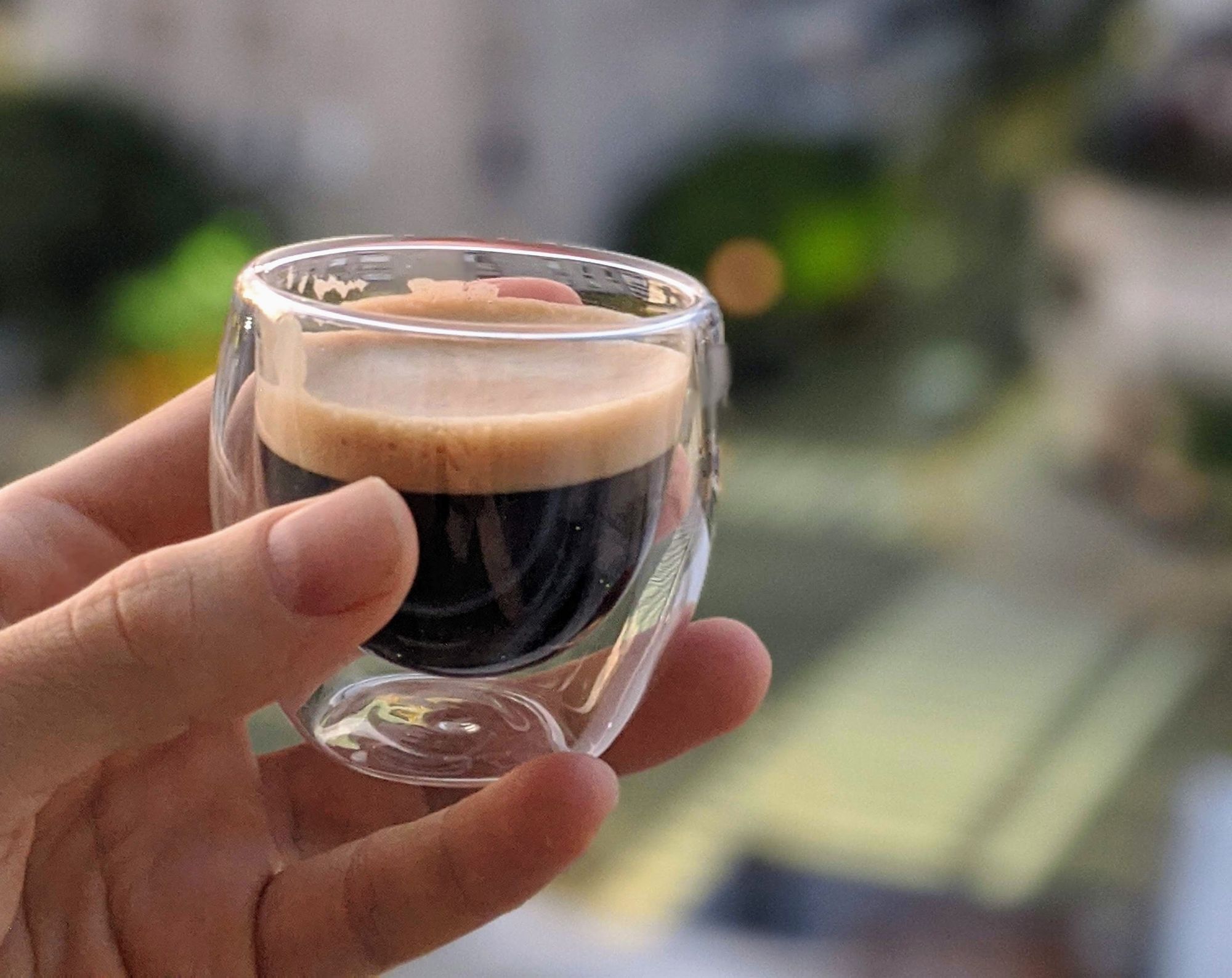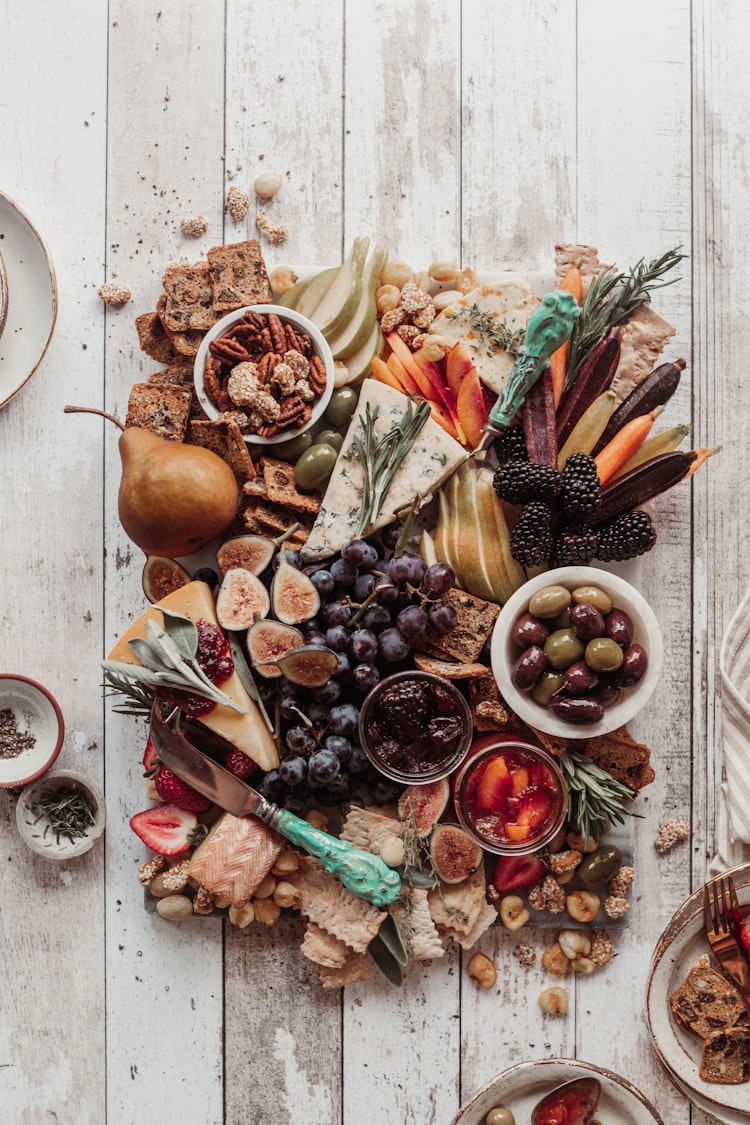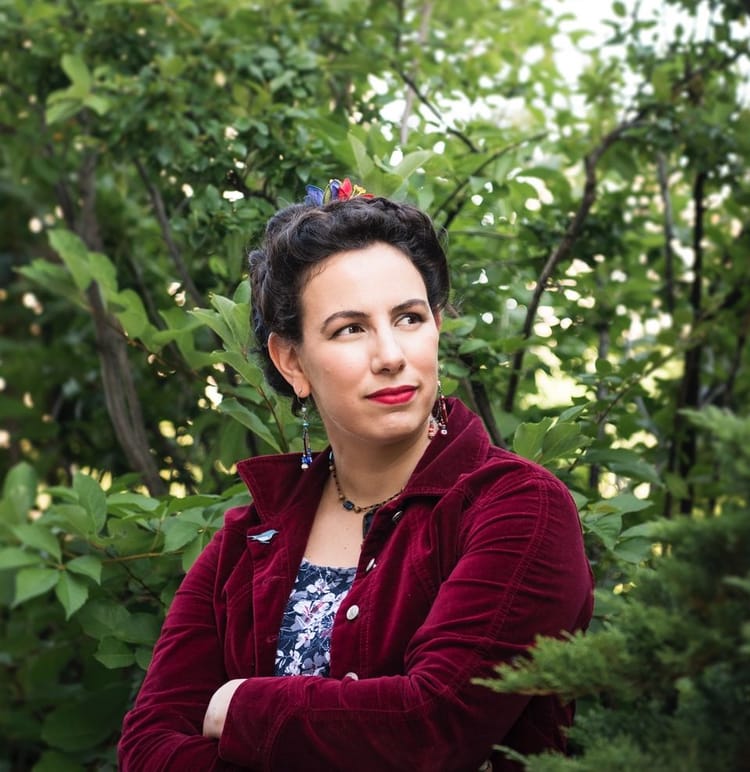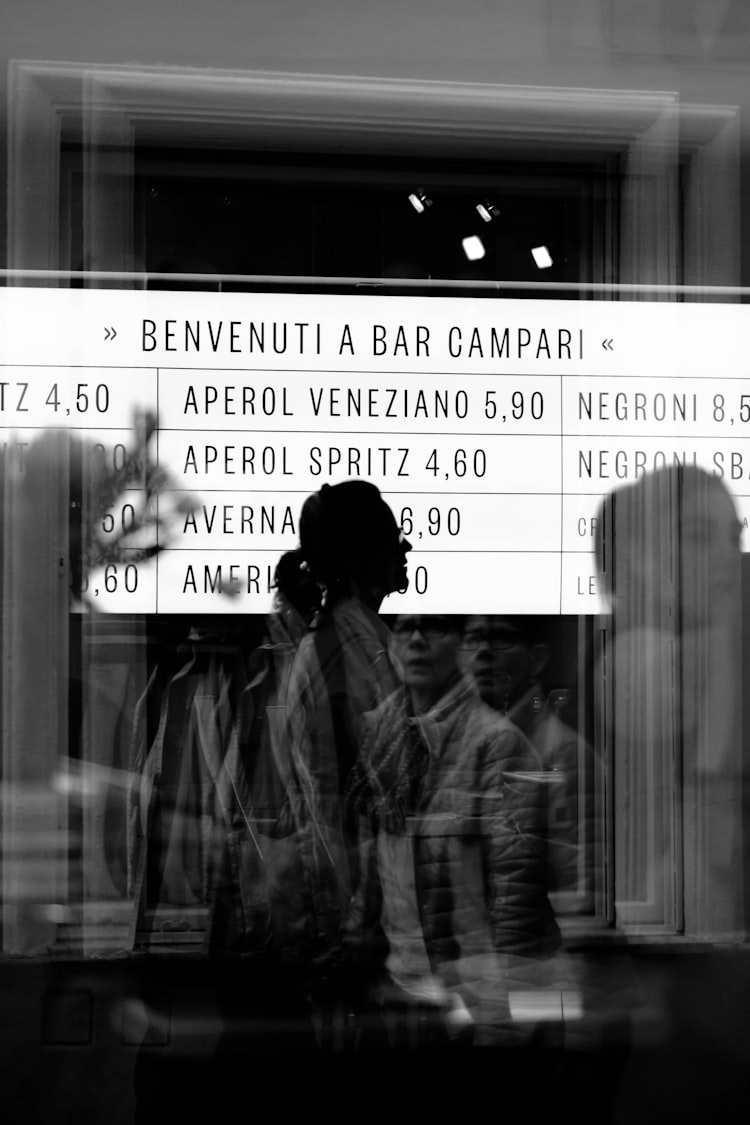An Alchemist’s Guide to Cuban Coffee

William Alexander is a National Book Award-winning author of unrealisms for young readers. His novels include Goblin Secrets, Ambassador, and A Properly Unhaunted Place. Additional honors include the Eleanor Cameron Award, the Earphones Award, two Junior Library Guild Selections, and two CBC Best Children's Book of the Year Awards. He studied theater and folklore at Oberlin College, English at the University of Vermont, and creative writing at Clarion. Find him online at willalex.net.
Every kind of espresso-maker looks like an anachronistic piece of lab equipment, because that’s exactly what it is. Some of the countertop varieties are steampunkish wonders from alternate versions of the present. Others were sent from the distant future to gather samples and develop new vaccines. The best thing to use for brewing cafecito—also known as Café Cubano, the Elixir of Life, and the Fountain of Youth—is the humble stovetop moka pot created by the engineer, alchemist, and time-traveler Alfonso Bialetti in the distant past (though he didn’t bother to patent his invention until 1933).
Go find yourself a moka pot. You may have to trade for it. Don’t give up your name.
Coffee snobs insist on grinding their own coffee. This snobbery is correct. If you keep those scorched beans whole until the last possible moment, you will prevent the most flavorful ghosts from escaping via self-exorcism. If you must avoid the ghosts, note that pre-ground Bustelo has always been popular with Cubanity in exile; any dark roast will do, however, and cafecitos are content to be haunted.
My own childhood home had a janky electric stovetop with orange-glowing spiral burners, but whenever I picture my papi brewing his morning cafecito I always see him light up a gas stove instead. I’m not sure why my brain makes that edit. Maybe because blue fire just looks cool. It burns like magic spells, kyber crystals, spice-saturated eyeballs, video game powerups, Caribbean waves in sunlight, and Saint Elmo’s candle blazing above the mainmast to let sailors know that they’ll live through the storm. Blue fire seems like the right and proper way to conduct cafecito-brewing alchemy, so my revised memories insist on it.
Whatever sort of heat source you’ve got, use it to apply a low, slow burn to the aluminum base of Alfonso Bialetti’s invention. Be patient. Don’t leave the room, listen to the radio, or cue up a podcast. You’ll need to listen carefully for the very first rumblings of the boil.
While you wait, take your smallest coffee cup— known as a “demitasse,” or “zarf” if the cup is made of glass and resting in a decorative metal frame—and put entirely too much sugar in it. “Too much” is the official measurement. Celia Cruz, the Queen and Patron Saint of Salsa, found her concert battle-cry when a young waiter foolishly asked if she wanted any sugar in her cafecito. “Am I not Cuban?!” she cried. “Give it to me with azúcar!” After that she roared “¡AZÚCAR!” during every concert in her long and glorious career. Her husband Pedro Knight was diabetic, so he couldn’t partake of the stuff himself, but he still made a sweet cafecito for Celia every morning of their shared lives. If you also have diabetes, dear reader, then I recommend making yourself a cortado. This alternate drink combines fresh espresso with an equal amount of warm milk. The milk caramelizes on first contact with the scalding coffee, which adds a touch of sweetness.
Note that the traditional amount of sweetness in a single sip of cafecito isn’t a touch so much as a sugar-coated punch to the face. That’s how the ancestors remind us how awful it was to cut sugarcane all day.
Your moka pot will have started to boil by now. Remove it from the heat when just a tiny bit of coffee has bubbled into the upper chamber, because those first few drops have healing properties. Pour them over the sugar, return the pot to the flames so it can finish its business, and stir the sweet mixture into a thick syrup. This will treat both heartache and hiccups.
The rest of the espresso takes just a few more seconds to brew, during which time a small hurricane will be summoned inside the moka pot. This will be an actual, honest-to-goodness hurricane. Do not look underneath the pot lid until after the storm has peaked and subsided, or else it might look back at you. Turn off the stovetop burner with eyes lowered. When the rumbling fades it will be reasonably safe to pour fresh espresso over your previously-mixed azúcar-sludge. The resulting elixir will be darker than midnight and sweeter than sins preemptively forgiven.
If you are me, and still a kid, and your teachers have already had words with your parents about Tasmanian Devilish behavior in the classroom, then you probably won’t get a cafecito of your very own. Instead you should expect a tall glass of warm milk mixed with an absurd amount of sugar (see above) and flavored by a tiny splash of moka-brewed espresso. This kiddo version of café con leche will taste pretty much exactly like coffee ice cream. Drink it while learning how to play dominos and trying to parse the Cuban-flavored Spanish that flies right over your head, spoken as though every word were a single, endless word. Listen for fragmentary stories about an island home that you have never seen.
You won’t get any such stories from your abuelo, because his life is a book written in code and then locked in a safe next to the revolver that he still keeps in case the bearded men come back to arrest him—just like they did in Havana. The old man also insists on absolute silence while playing dominos. That game is sacred. No one is allowed to give any hints to their partner across the table, and an anecdote about the island might be a secret message revealing which tiles you’ve got.
Everyone else ignores his vow of silence. Great uncles and second cousins swap stories no matter how many times Abuelito tries to shush them. Take the details you catch from these conversations and mix them together with other myths of diaspora until you half-believe that Jor-El sent his son north to Miami right after the Kryptonian Missile Crisis, which must have happened right before Fidel and Sauron brought the hurricane-wrath of the Valar down upon Númenor.
Keep listening and sipping that kiddo coffee like it’s some kind of bilingual translation elixir. Several years from now, when you’re finally old enough to drink a proper cafecito, then maybe you will understand where you come from.
William’s Cafecito

This is a recipe for cafecito, brewed in a moka pot and served sweet. Prepared as written, it makes 4 cups. There are also recipe variations for frothy café con leche, sugarless cortado, and potent el pecado.
Get the Recipe: PDF, Google Doc
If you’d like to own the Personal Canons Cookbook ebook, which collects all these essays and recipes in easy-to-reference, clickable format—plus loads of bonus recipes from me!—join the Stone Soup Supper Club. The ebook is free for subscribers, who will get the download link in their inboxes in the first Supper Club email of 2024!
Remember: Care for yourself and the people around you. Believe that the world can be better than it is now. Never give up.
—Gailey






Member discussion